Getting to Know Peonies’ Symbolism - Part 2
Ahhh, we’re back again to Peonies. Peony has so much history that each story about it is too interesting to ignore. Aside from Greeks and Middle-Ages Europeans, here’s what peonies meant to the Japanese, Chinese and Americans (to the state of Indiana, specifically).
Japanese
Their word for peony is 牡丹 or ‘botan’. Majority of historians agreed that it was the Mainland Chinese traders who had introduced to their neighbour the peony trees during the Nara period (710-794 AD). Some have argued that, “Nah, it was the Japanese Buddhist monks who brought it to Japan, not the Chinese merchants themselves.” Whoever brought peonies to Japan, peonies have definitely gained significant value as much as the Japanese’ beloved cherry blossoms ‘sakura’. The Japanese initially viewed peonies more as a medical plant than an ornamental garden plant, hence they once referred it as ‘ebisugusuri’ ("foreign medicine"). The botan’s root was used as a treatment for convulsions or epilepsy. But in time, ‘botan’ began to pop up in scrolls, brocades, ikebana (flower arrangement) and kimonos. When depicted in visual art and poetry, peonies symbolically meant good fortune, righteousness and noble spirit. To the Japanese, Paeonia suffruticosa is called the ‘King of Flowers’, while Paeonia lactiflora is called the ‘Prime Minister of Flowers’.

Chinese
Peonies are grand in looks, but the taste of them is sweeter still. Mainland Chinese would use the fallen petals of Paeonia lactiflora and make it a tea-time delicacy by parboiling and sweetening it. During the Middle-Ages, they infused peony into boiled water and drink it. Once long ago, peonies were all the hype and rave during the Sui and Tang Dynasties. In fact, peonies were planted only in the gardens of the imperial palace, as only the emperor was allowed to own them. Peony was, and still is a traditional symbol of nobility and honor to the Chinese. In today’s China however, the plum blossom is designated as the national flower instead of the peony. Despite that dethronement, the Chinese still revere peonies and may continue to do so for many years to come. After all, if peonies has survived for centuries, why not into the future?
Indiana (United States of America)
Looks like China wasn’t the only one to dethrone Flower A and adopt Flower Something-Else. And it’s amazing how people can fight over flowers. You see, Indiana has a long-drawn fight about which flower should represent them. It started with carnation at first in 1913. People were dissatisfied because carnation was not an Indiana native flower. So, they substituted it with tulip in 1923. In just 8 years, the people decided that, “Tulip is interesting…but, ummm… also boring at the same time. We mean not flashy, big enough.” So, they tried the multi-talented zinnia flower and crowned it as a state flower in 1931. Rumour has it that a certain zinnia farmer was responsible of pushing zinnia in the 1931 legislation. In 1957, the Indiana General Assembly decided to review again their official flower. On 15th March, peony was crowned as Indiana’s state flower. Again, rumour has it that a commercial peony farmer, who was also a state representative, had persuaded the House to use peony instead of dogwood flower proposed by the Senate committee. People protested because like carnation, peony isn’t an Indiana native plant either. Somehow, the peony’s vibrant hues managed to win over the Indiana citizens to maintain peony as their official flower till today.
Make someone's day
Send the perfect gift
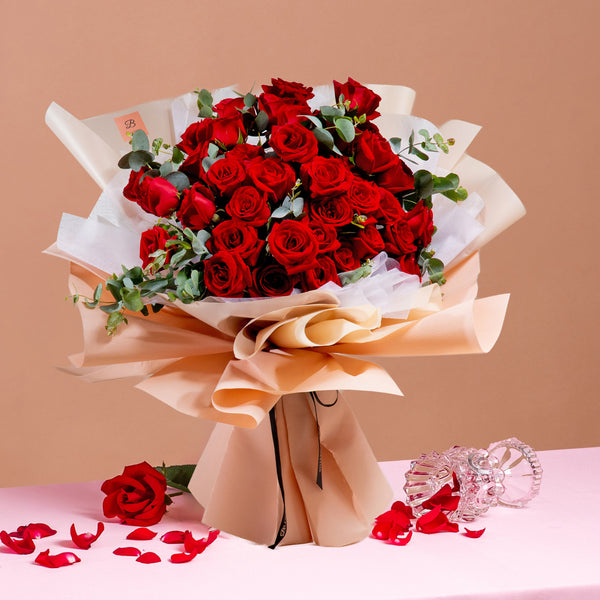

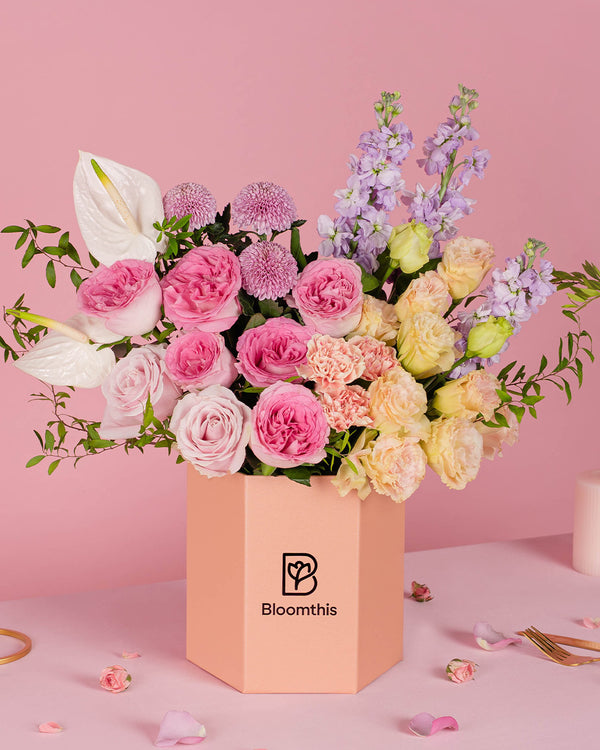
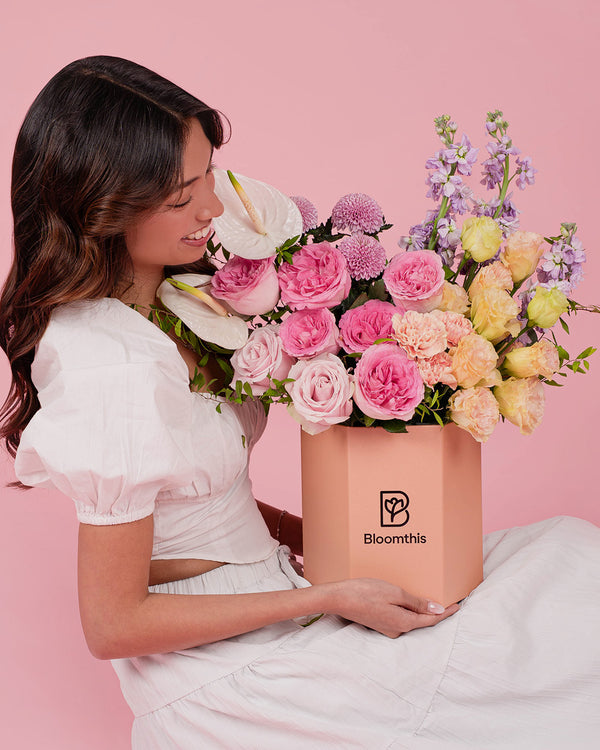


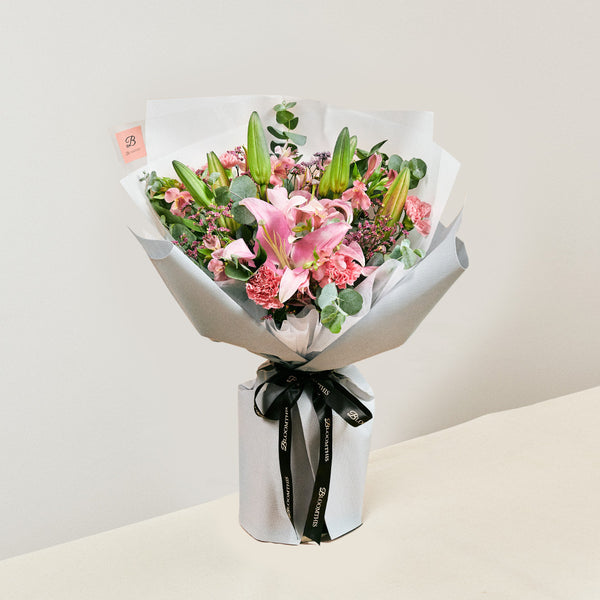








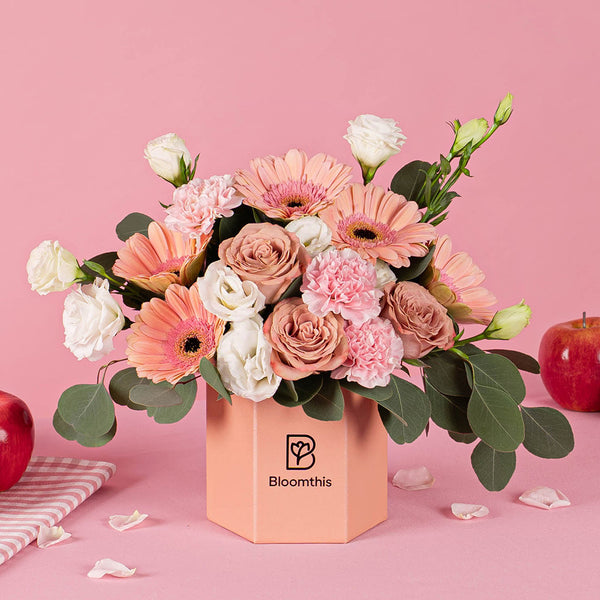



Leave a comment
This site is protected by hCaptcha and the hCaptcha Privacy Policy and Terms of Service apply.